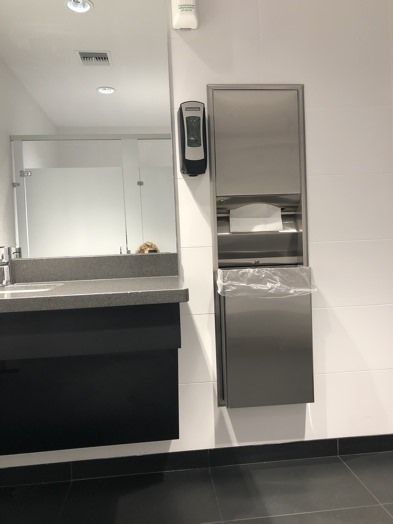
People with disabilities celebrate National Disability Independence Day on July 26. And Little People of America (LPA) also celebrates July 23, 2004—the day the Access Board published a final reach range rule making public facilities more accessible to at least a half million people with dwarfism, limited upper arm strength and movement, and other disabilities.
The Access Board is an independent federal agency responsible for developing and maintaining accessibility guidelines for the construction and alteration of facilities covered by the ADA of 1990 and the Architectural Barriers Act (ABA) of 1968.
The ADA applies to places of public accommodation, commercial facilities, and State and local government facilities.
The ABA covers facilities designed, built, or altered with Federal funds or leased by Federal agencies.
Want to subscribe to receive blog updates sign up today!
In 1994, the Access Board established an advisory committee to review and recommend changes to update the 1991 ADA Accessibility Guidelines (ADAAG). When LPA learned that the committee was tentative about recommending a reduction in the unobstructed side reach from 54 to 48 inches, Robert Van Etten and I drove almost 400 miles to a July 7, 1996 committee meeting. We fervently advocated for breaking the six-inch reach barrier. We were ecstatic when the Advisory Committee’s recommendation to the Access Board included a side reach of 48 inches!
It took another three years before the Access Board published a Notice of Proposed Rulemaking (NPRM) to jointly update and revise its ADA and ABA Accessibility Guidelines. I coordinated LPA’s advocacy in support of lowering the side-reach to 48 inches by encouraging LPA’s members, allies, and disability organizations to send comments to the federal Access Board.
Although the Access Board rejected the Advisory Committee’s 48-inch recommendation, I believe this flawed decision swayed several hundred to make comments favoring the six inch reduction. I prepared and submitted LPA’s official comments—a 25-page document that took more than 45 hours to prepare. During the NPRM comment period, LPA members also testified at public hearings in Los Angeles, California, and Arlington, Virginia.
After the public comment period closed, I represented LPA and recruited local LPA members to attend Access Board informational meetings on October 24-25, 2000, in Washington, DC. Their purpose was to determine the effect a 48-inch standard would have on manufactured equipment and newly constructed building elements. In a jaw-dropping moment, ATM manufacturers announced that their new generation of machines would meet the 48-inch standard! Our jubilance couldn’t even be dampened by the gas pump manufacturers’ continued fight for an exception.
Another four years passed before the final rule was published on July 23, 2004. Euphoria barely described the joy of finally seeing the 48-inch standard accepted in the new ADAAG. Federal law now mandated this accessible height for ATMs and everything open to the public activated with a push, pull or turn.
Yes it was disappointing to see gas pump manufacturers granted an exception for machines installed on existing curbs and allowed installation of operable parts on gas pumps as high as 54 inches. But victories are celebrated and disappointments motivate us to keep advocating for change.
You may also want to read:
- “ADA and ABA Accessibility Guidelines.” A rule by the Architectural and Transportation Barriers Compliance Board. July 23, 2004. https://www.federalregister.gov/d/04-16025.
- Angela Muir Van Etten. “ALWAYS AN ADVOCATE: Champions of Change for People with Dwarfism and Disabilities,” Chapter 15, Breaking the Six-Inch Reach Barrier and Chapter 16, Battle for Access in Different Forums. October 2021. https://angelamuirvanetten.com/always-an-advocate/
- “Making the Impossible Happen.” Angela Muir Van Etten blog. October 4, 2021. https://angelamuirvanetten.com/making-the-impossible-happen/
- “Tackling Inaccessible Medical Equipment, Part II.” Angela Muir Van Etten blog. March 28, 2022. https://angelamuirvanetten.com/tackling-inaccessible-medical-equipment-part-ii/
- “MAKING PUBLIC COMMENTS: Time Wasted or Well Spent?” Angela Muir Van Etten blog. November 7, 2022. https://angelamuirvanetten.com/category/accessibility/
